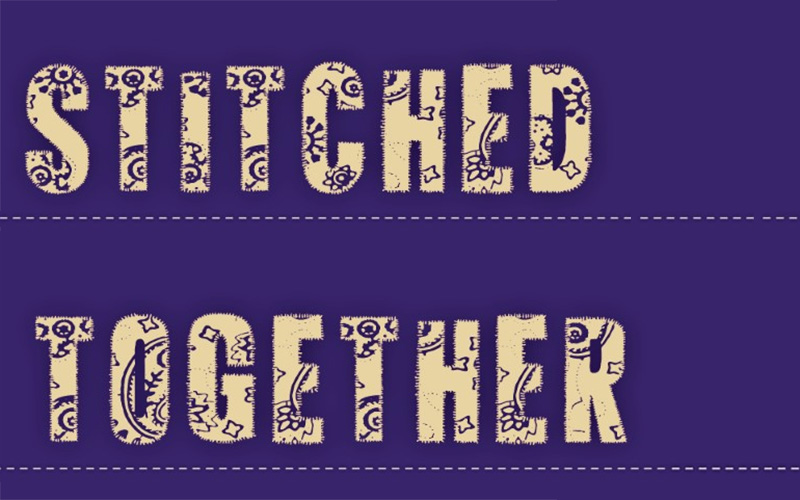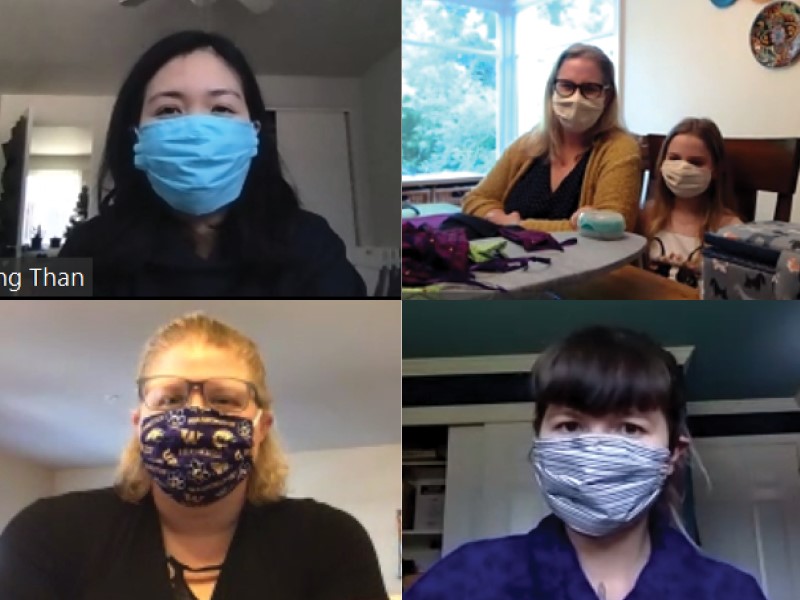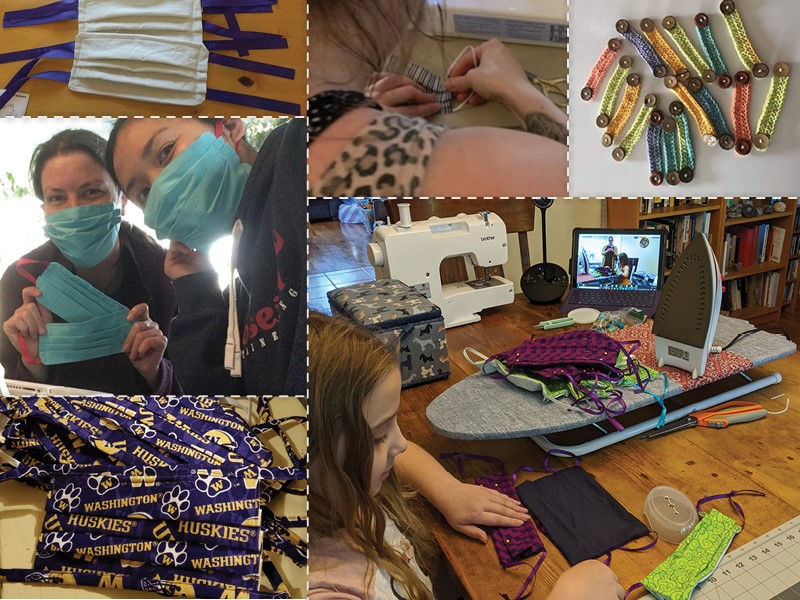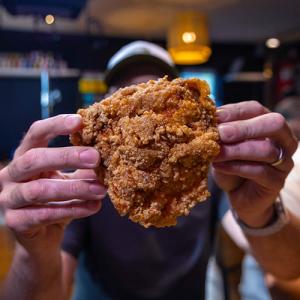
The Sewists
A group of UW Tacoma students, faculty and staff have come together to make masks for the community.
The dining room table at Bonnie Becker’s house is pulling double duty these days. The spare room in Duong (Rita) Than’s home is no longer just a study. Jessy Wolff's living room has been taken over by supplies. BrieAnna Bales converted her kitchen counter into a prep area, but not for food.
The four — Becker, Than, Wolf and Bales — are part of the UW Tacoma community. They come from different backgrounds and hold different positions on the campus. Becker is an associate professor and the associate vice chancellor for student success. Than is a math lecturer in the School of Interdisciplinary Arts & Sciences. Wolff is a student working on a degree in psychology. Bales is the director of events and sponsorships.

There are situations where titles matter. This isn’t one of them. The COVID-19 pandemic is a loose thread that has undone modern life. The conveniences, the things we thought we needed, have frayed and fallen away leaving only the stitching. Stitching, the thing keeping us together, in this case, is our willingness to connect with each other when we can’t be near each other.
Becker’s table, Than's study, Wolff’s living room and Bales’ counter space were all converted into sewing stations not long after news broke of the first COVID-19 cases in Washington. “When this all began, I was in a state of shock,” said Wolff. “I didn’t know what to do or if there was anything I could do.” The public call for masks by different organizations and individuals offered Wolff a chance to get involved. “I have a degree in fashion design and making masks is something I knew I could do.”
Originally, Becker and Bales started out making masks for nurses and other first responders. “There was a hospital in Renton that needed masks,” said Becker. “We signed up and were all excited to get started but then the hospital found a business to make the masks for them.”
Bales had more success making masks for Pierce County. “Farm 12, which is a restaurant in Puyallup, partnered with the Tacoma-Pierce County Health Department to make kits that people could pick up,” she said. “You sewed them together and they were distributed to healthcare workers in the county.”
Over time the need for masks expanded. “I started making and distributing masks to my neighbors who are considered part of the vulnerable population,” said Than. Bales switched to making masks for her network of friends in the area. Her mother in Montana even got involved. Leslie Bales sewed masks for workers at UW Tacoma’s The Pantry, which enabled this vital source of food and hygiene items to remain open and continue serving students. Becker got a call from Metro Parks' Point Defiance Zoo & Aquarium as well as the Proctor Farmer’s Market with a request for masks to protect employees.

The demand, both here and nationally, put a strain on resources. Certain items, like fabric and elastic, were hard to get, with deliveries taking weeks to process. There’s an English proverb that says something to the effect that “necessity is the mother of invention.” The lack of supplies caused Becker, Bales, Than and Wolff to get creative. They pulled together whatever scraps they had then reached out to others to see who had supplies. Ribbon became the new elastic and, in one case, a shower curtain stood in for a traditional cotton pattern. “I stumbled on a Facebook group that was set up for helping with the pandemic and they recommended using this one specific microfiber curtain,” said Bales. “It actually worked really well.”
Skill level at the start of the pandemic varied. Wolff arguably had the most. The others — Bales, Becker and Than — count themselves as novices. Than was hand sewing masks at first before a friend offered to let her use her sewing machine. Becker’s knowledge of sewing stems from her nine-year old daughter Mira. “She [Mira] got interested in sewing as part of 4-H,” said Becker. “I only learned by going to her lessons and looking over her shoulder.” Mira’s knowledge is being put to use. She is helping her mother churn out masks.
Each of the four supplemented their knowledge with online tutorials and by talking to others. At the time of this writing, Than, Wolff, Becker and Bales have made hundreds of masks. They did this in their spare time, after completing an assignment or finishing a lecture. They worked late at night, early in the morning and all points in between. Some made masks after preparing dinner or helping a child with their homework.
Why?
Perhaps Mira sums it up best: “We’re doing it because, if we weren’t, we wouldn’t really be helping the solution.”



